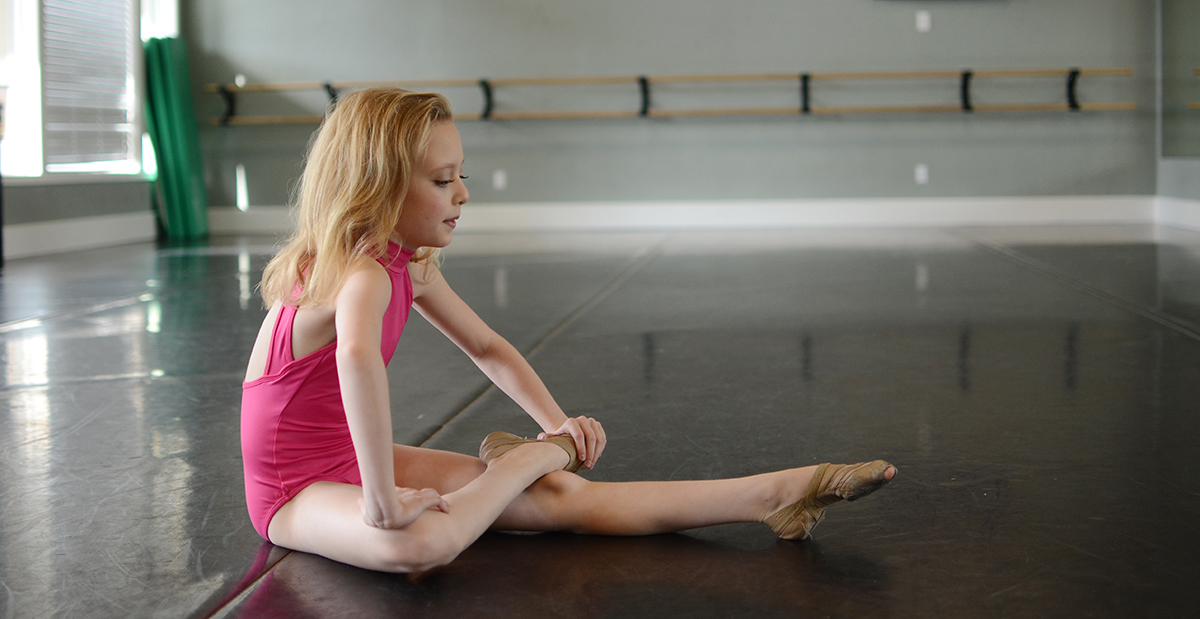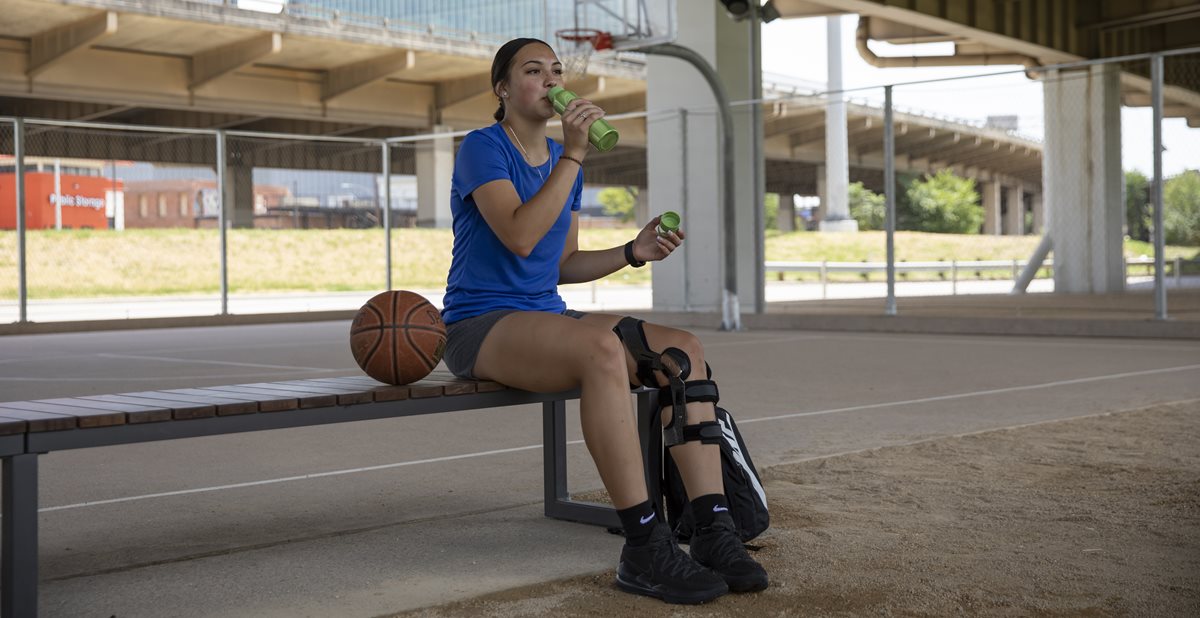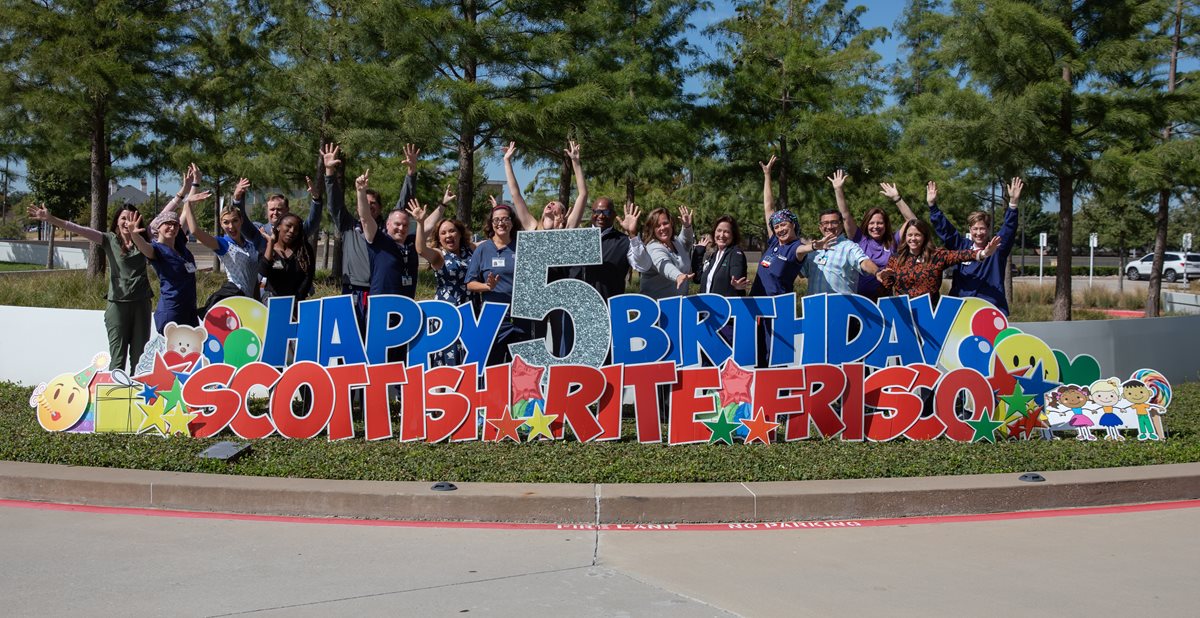
Jun 26, 2020 / Sports Medicine
Keeping Up With the Count: Dancing Through COVID-19
A former dancer herself, sports medicine physician Jane S. Chung, M.D., knows that young dancers are passionate about their training and haven’t let COVID-19 slow them down. Whether taking virtual classes or training independently, every dancer can make simple changes to prevent injuries.
Print the PDF
Dancing on residential flooring may lead to new injuries
Print the PDF
Dancing on residential flooring may lead to new injuries
- Prolonged dancing on rigid floors or tile can increase the risk of shin splints and patellofemoral (knee) pain. Marley and sprung floors, common in dance studios, are designed to reduce stress on bones and joints.
- Dancers spend time performing movements on the ground, in modern and contemporary dance styles. Consider placing a yoga mat on the floor to protect your knees and to perform these movements more comfortably.
- It is important to properly fuel your body as you return to dance. Proper hydration and adequate nutrition are necessary for optimal performance, strength and injury prevention.
- As you increase training hours and intensity, it is necessary to increase the number of calories consumed. Energy deficiency underfueling can lead to stress fractures and decreased performance.
- Listen to your body as you re-integrate back to your dance routine. You may not have been dancing as much as you typically would, so expect your body to have experienced some level of deconditioning. It may take several weeks to months for your body to return to pre-COVID shape.
- A slow and gradual re-introduction back into dance allows your body to build up the load and impact tolerance, strength and endurance. Do not push through the pain. Be kind to your body and take breaks as needed.
- Every body is unique. Work with your dance instructor to come up with developing a reintegration plan that works best for you. It is important to pay attention to your body. Pain, discomfort, fatigue and stress are signals that the body needs attention. Responding early to signs of injuries, overtraining and/or underfueling can help you prevent and even overcome many conditions that may worsen if left untreated.
- Keep perspective – Allow yourself some time to be sad, frustrated or angry about the loss of the season or practice time but try not to get lost in these emotions. Try to stay in the present and focus on what you CAN do, instead of what you CANNOT do.
- Follow your training program – Be consistent with your training program. Some dancers may be tempted to take a complete break from training, while others may see an opportunity to increase practice at home – don’t do this! Over- and under-training only puts you at risk for injury upon returning to the studio. Listen to your coaches and trainers about the appropriate amount of training. Recognize that every training program should have some rest and recovery built in, as this is an important component to keeping healthy and injury-free.
- Take time to grow as an individual outside of dance – Dancers often spend the majority of their “free” time in the studio, at competitions, or doing other dance-related tasks. Use time away from the studio to develop other areas of interests, skills or hobbies in your life. Diversifying your interests and skills allows you to be a more well-rounded artist and only fosters increased self-esteem and builds resiliency to help support you in the future.
- Stay connected with your team – Most of your life probably revolves around dance, and this means that your teammates are probably some of your closest friends. Look for ways to stay connected to dance and your friends from your studio during the break from dance and other activities.
- Practice mental imagery – mental imagery is a skill that connects your mind and body. Research has shown that mental imagery can improve skills even without the physical component of training. When you practice the skill, your muscles actually activate just like they do when you are dancing, just in a less intense way.



